-
Posts
168 -
Joined
-
Last visited
Posts posted by adam berk
-
-
Price lowered to $400 USD.
-
still available
-
I've got a mint Nikon R10 in the original box with the original manual. It also has the original Nikon metal lens cap, as well as the rubber lens hood with snap in lens cap. I used it for one project after I bought it.
I'm including 5 cartridges of Vision2 200T, 2 cartridges of Vision2 500T, and 6 cartridges of Ektachrome 64T reversal. These are all sealed. 4 of the Ektachrome carts are actually still in the fedex box from kodak.
I'm just not using it right now, or in the near future, so I'd rather another filmmaker who can put it to good use have it.
I will have everything professionally packed before shipping, and will be sure to plaster the box in do-not-xray kodak stickers.
I'm hoping to get $550 OBO for this mint condition R10 with fresh film included.
I'm located in San Francisco. You can PM me or email me @ adam at b-mp dot com
thanks,
adam
-
great work....I want to see the movie
-
I'm looking for a 9mm or 9.5mm lens with either an arri b-mount or aaton mount. Needs to cover S16 as well.
thanks in advance,
adam
-
I'm looking forward to it!
-
The stuff looks great. I can't wait to see the trailer.
Which lens(es) and stock did you end up shooting?
-
Did you have the electronic shutter turned off in that wmv file? It looks like there is an absurd amount of motion blur.
PS: Cute kid!!!
-
I bought a 17.5-70 from Whitehouse and it's great, covers super16 all the way through on my LTR. It's not much bigger than a prime so I just keep it in the same Pelican as if it's part of the kit. The thing was literally brand new when I received it from WhitehouseAV. I also purchased the 12, 16 and 25 Kowa superspeeds from Whitehouse and according to them, they have the same type of coating that the zoom has, thus color should match fairly well. I havn't gotten the chance to shoot with the primes yet, but hopefully next week I'll do some comparisons.
-
Is there anyone familiar with the CineAsst video tap for the LTR?
thanks,
adam
-
I'm shooting my first full 1080p HD short in a couple of months, and we've been budgeting and planning for the HPX3000. However, since discovering that there's no 720P option for slow-motion on the HPX3000, as is common with most 1080 cameras, I'm starting to rethink my options. The HPX2000 does have this option, correct? What would the drawback be - is the sensor not full 1920x1080? The short is a Japanese samurai and I'm willing to sacrifice some things for VFR, and 60P would be amazing.
Also, on the topic of Digiprimes vs. Pro35, if having enough light is no problem, it seems like there really aren't any other disadvantages to using the adapter. I guess there could be some softening due to the added glass, but isn't this sometimes desired when shooting full HD? Or is the softening effect not comparable to one achieved with filters (classic soft, etc.)?
Thanks!
Jess Dunlap
Boston, MA
When shooting in 1080p mode on these panasonic cameras to the internal dvcproHD recorder, you actually get more resolution recorded to tape. DVCPROHD/1080 is 1280x1080, thus retaining the full horizontal resolution of the sensor. DVCPROHD/720 is, I believe, only 960x720.
About the lens adapter, I always highly recommend against it. I've yet to have an experience with either the mini or the pro that didn't leave me disappointed. It kills a lot of the lenses' resolution, limits your shutter angle/spped options, and adds a layer of noise. My main issue has always been the noise. Since it's generated by the ground glass spinning, it creates this layer of noise that constantly repeats. It is not random like film grain. It ends up looking like you've got a piece of dirty plastic over the front of your lens. Digi-Primes will be much more expensive, but there simply is no comparison to a film lens adapter. I'd also look into a good canon or fuji HD zoom. I've had better results with a 10 year old Fuji SD zoom on an HDX-900 that I have with the same camera + Pro35/Superspeeds. Those adapters are basically the same thing as taking your awesomely awesome HD camera, and sticking it down the viewfinder of a 35mm camera. A video tap made from an HPX-3000 ;)
-
Post Works New York is worth a call. They've done good xpro work for me. Also, Monaco Labs in San Francisco does a good job.
-
I wanted to offer up the most simple solution possible. I have done plenty of "zoom-out-from-the-eye" shots, and some of them have been more complex than others. Some of them were shot just as I had described before consulting with us (the post facility). If the pull-out is fast enough, and the compositor applies the appropriate amount of motion blur, an HD or 2k transfer will generally hold up just fine assuming the subject was lit appropriately, in focus, with a sharp lens. I also like David's idea about replacing just the eyeball with a higher res image. This, of course makes the comp more complex but would definitely be worth a shot. It could allow you to start the pull out slowly, then snap back with motion blur.
-
Don't even bother with the move... Get the neg scanned at a minimum of 1920x1080, give it to your compositor and let him or her add the move in post.
-
To the best of my understanding, 10bit log is basically a way to store more information in a smaller amount of space...a form of compression if you will. I've been told that to store the amount of exposure info contained in 10log, in a linear image, one needs at least 16bits (versus 10). Also, 10log maintains compatibility with current video infrastructure technologies such as hd-sdi.
I'm just a n00b with this stuff as well...so someone please correct me if I'm wrong.
thanks,
adam
-
The last one is 7212, again, right?
The last one is in fact 7212 again. Keep in mind that these images have all been graded during the supervised scene-to-scene telecine transfer. I had our colorist turn the DVNR down as far as it would go because I really do not feel that the FDL-90 has sufficient definition or sharpness to sustain acceptable picture integrity through that process. This is why you may see some extra noise/grain. If we were to have done the transfer on a shadow or spirit with a more modern DVNR, the pictures would be even cleaner, and have much more perceived resolution.
Thanks for everyone's comments and questions!
-adam
-
We were shooting all over the place so t-stop varied.
-
I recently helped a buddy of mine (joseph seif) acquire some extra material for his reel submission to AFI. We got our hands on a Cooke 10.4-52 T2.8 and I must say that I am totally impressed. I am in love with this lens!
The transfer was done on an early model FDL-90 which I feel does not do this lens or vision2 any justice at all. Hopefully he'll opt for an HD transfer on a decent machine. I'd love to see this stuff in hidef.
The stocks were 7212 and 7201. The 7201 is the tobacco flavored stuff ;)
Camera was an Aaton LTR-7.
enjoy!
-
I can't speak for the networks' requirements, but the fact that the HPX500 uses 2/3" chips instead of 1/3" really doesn't make any difference to the image coming out the other end -- except for maybe some improvement in signal-to-noise and highlight response. The quality is essentially the same as the HVX200.
This is not necessarily true. A 1/3" sensor requires a much higher definition lens to attain picture quality like a 2/3" sensor can. It is much easier to make a high quality lens for a larger format than a small format.
-
Hello! I hope everyone who celebrates Thanksgiving had an enjoyable one.
I'm wondering if anyone here has any familiarity with the Angenieux 16 - 44 lens. I purchased one recently at a pretty good price and it is in absolutely beautiful condition. It's a blistering fast T 1.3, which I suppose is its main attraction. However, here is my dilemma:
I was told that this lens will "cover" Super 16, but when I mounted it on my camera and had a look I seem to be getting some vignetting at the 16mm focal length, especially when the lens is focused to 5 feet or less. If it does cover Super 16 it must be one of those "just barely" scenarios that lens technicians always talk about, and it doesn't (to my eye) look to cover Super 16 nearly as well as the Angenieux 15 - 150 does. (Note: The lens hasn?t been film tested yet.)
Does anyone have some practical advice that they can give me with regards to this lens? It looks (again, to my eye) like it will probably be 'safe' when transferred to 16:9 video, but I'm thinking that it will vignette in the 1.66:1 aspect ratio.
Any comments or opinions regarding this particular lens are greatly appreciated.
I'd love to know your results when you get to film testing.
-
If shooting landscapes where detail/resolution is of utmost importance, I'd recommend not putting anything in front of the lens that can degrade the image (ie redrock).
-
Does anyone know the real world max capacity of the arri IIc / arri 35III mags?
-
I believe that just removing the 3:2 pulldown does not make the result truly progressive but does make it 24fps, you can step through a fcp timeline setup for 24fps pulldown removed video without seeing the telltale 3:2 cadence but it's still interlaced.
I think , I could be wrong it's happened once or twice before.... :rolleyes:
-Rob-
Removing the pulldown through proper utilities does indeed leave you with 24 progressive frames per second.
-
Rob, the method you described for removing pulldown doesn't sound right. "Removing pulldown" is usually a single step process and should not require a 2nd pass through a de-interlacing facility like Shake may offer.
The Cinema Tools application that comes with all the recent versions of Final Cut Pro is a fairly easy and reliable way of removing standard 3:2 pulldown from 29.97 telecine material.
I don't have the application in front of me right now, but I can give you the basic steps for using it to remove pulldown.
The process is as follows:
1. Open the clip in Cinema Tools
2. Step through the frames with the left and right arrow key until you find the first full group of 3 clean + 2 jitter frames.
3. Park the playhead on the first of those 2 jitter frames.
4. Step back two frames (the 2nd clean frame of the 3:2 sequence).
5. Hit the inverse telecine button.....leave all options @ their default
This method only works for normal(telecine) pulldown material, not the panasonic "advanced" pulldown.
Conrad, if you don't have access to Cinema Tools, I know of lots of other tricks to get that pulldown removed reliably.




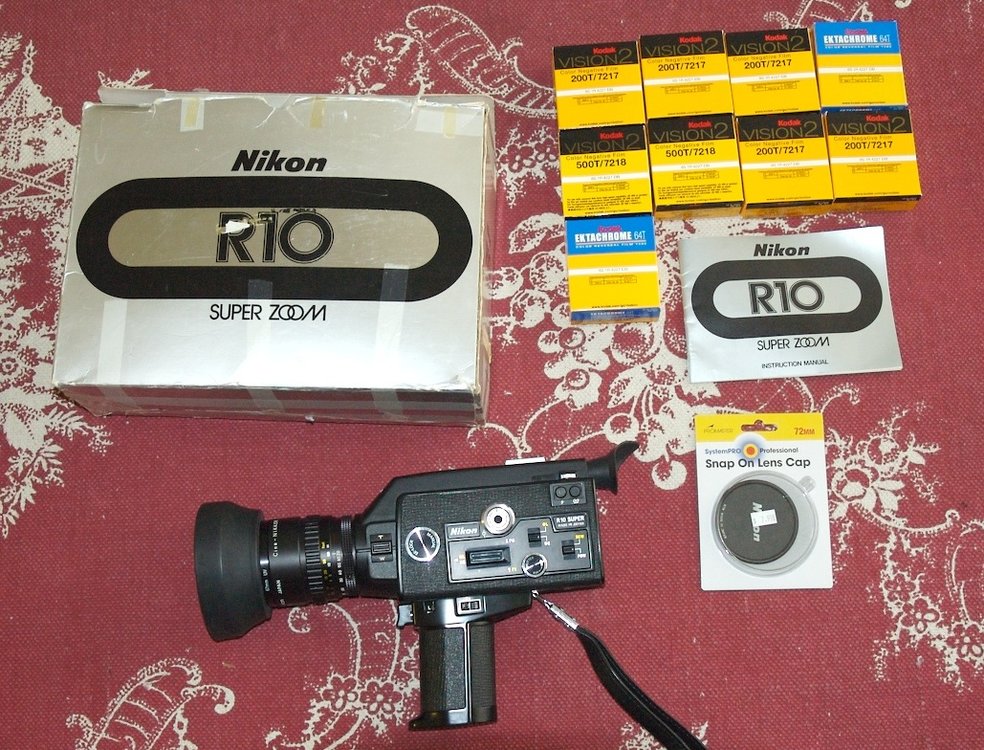
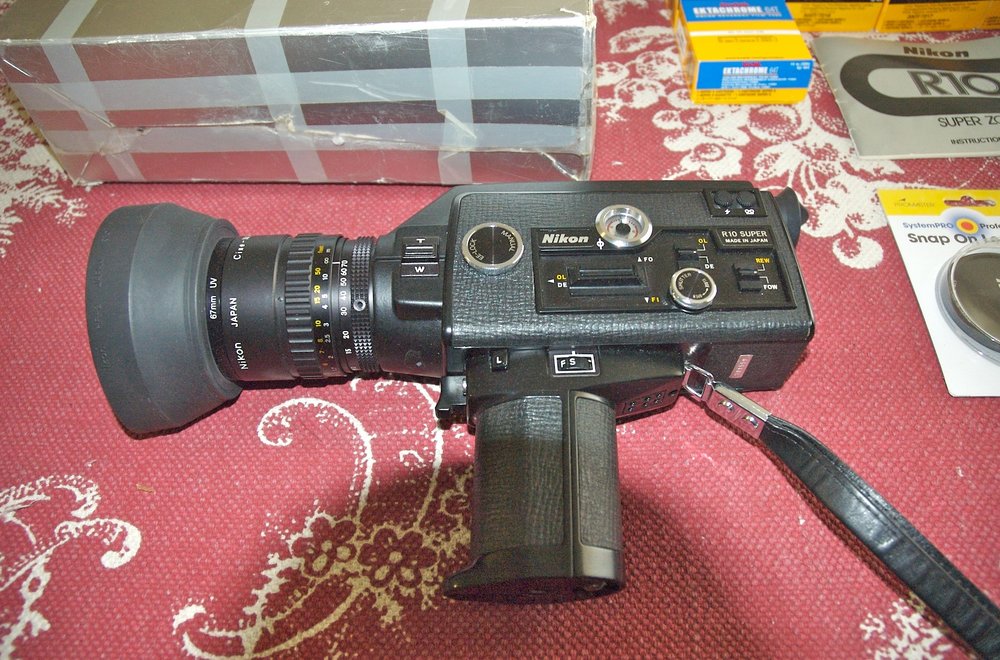

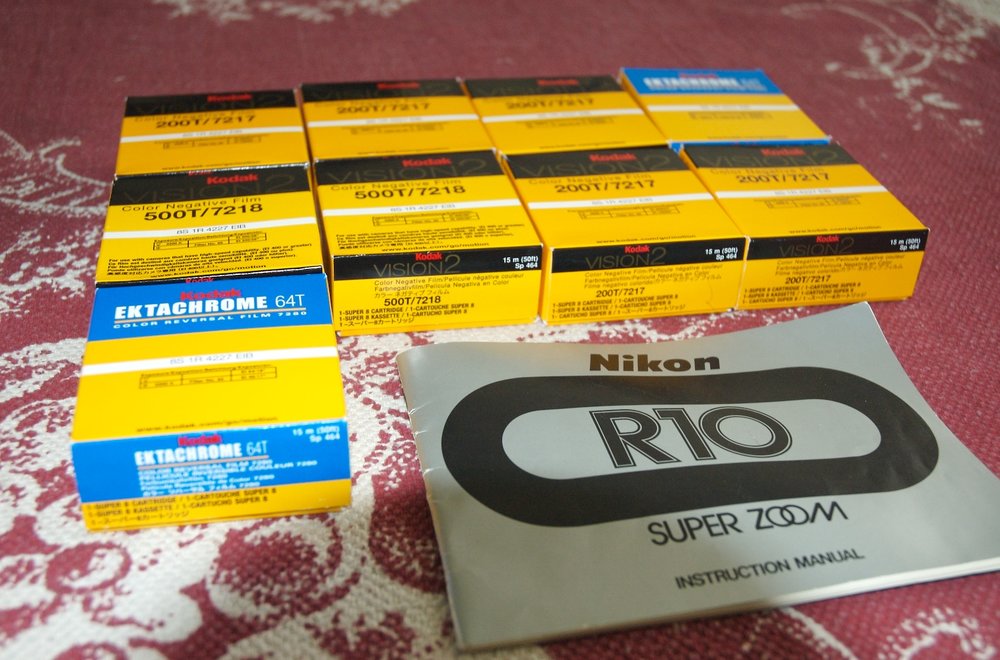
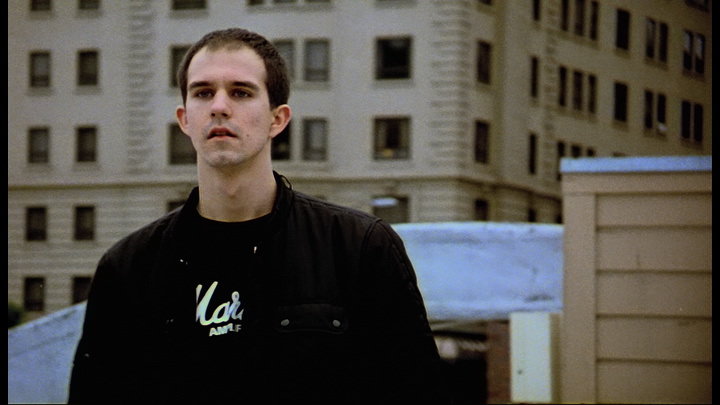
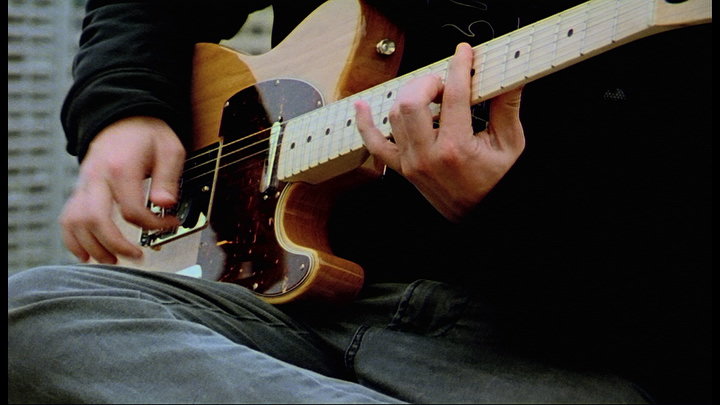
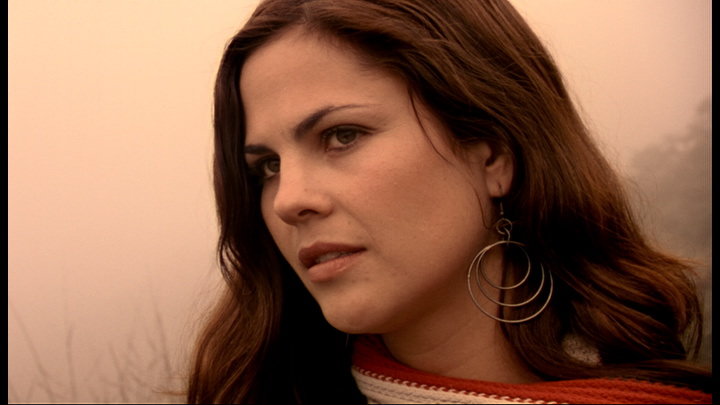
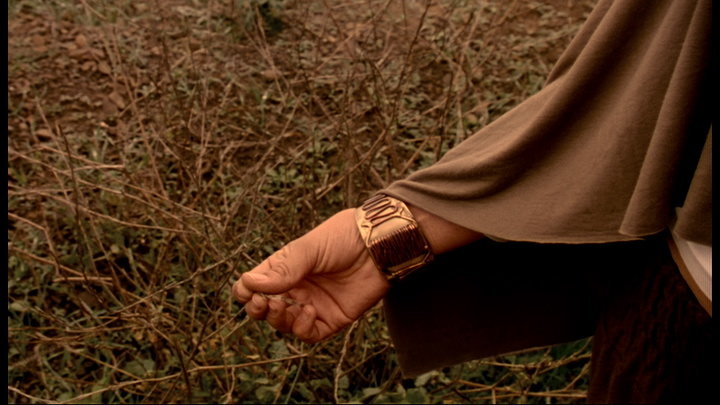
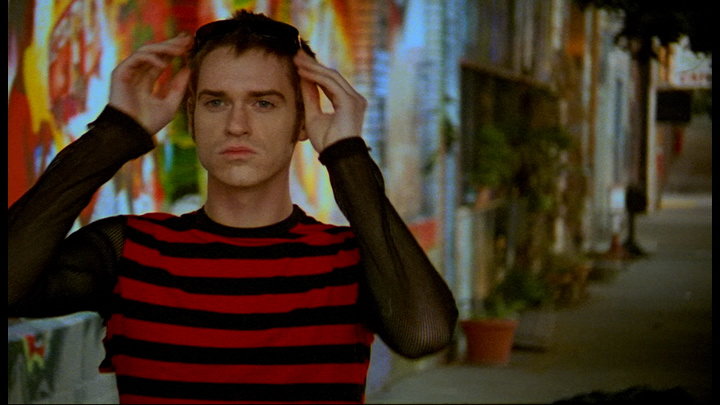
FS: Aaton LTR-7 Super 16 Complete Kit
in Cine Marketplace
Posted
For Sale:
My Super16 Aaton LTR-7 kit.
Includes:
1. Super 16 LTR-7 Camera Body with aaton mount
2. Two Super 16 mags
3. Two Re-celled batteries
4. Charger
5. Virtually brand new Cinema Products Ultra T 1.25 Super Speed Prime Kit (12.5mm, 16mm, 25mm)
6. Virtually brand new Angenieux Super 16 17.5-70mm T 2.5 Zoom (comes with original Angenieux leather covered box and screw on wide angle adapter)
7. Two matching roller pelican cases (both virtually brand new) that are custom lined to fit the entire kit
8. Aaton to Nikon mount lens adapter
9. Aaton to Arri Bayonet mount lens adapter for use with the Cinema Products primes
10. Aaton Wooden handgrip and cable
11. Aaton rods
12. Changing Bag
The camera body and mags were overhauled by Bernie O'Doherty about two years ago. He also recelled the batteries. A very small number of mags have been put through this system since that time. Very low wear.
This is a kit I pieced together during school. Everything is in immaculate, well taken care of condition. The lenses are all in LIKE NEW condition. This is a complete and total, very easy to travel with Super 16 camera kit. Much care and obsession went into putting this together, and I'd love to keep it but I simply don't need it anymore as I'm not shooting much. I've gone into post production, and when I do shoot, it's usually 35.
If interested, please send me an email at
adam at ct-sf dot com
I'm located in san francisco
thanks for looking!